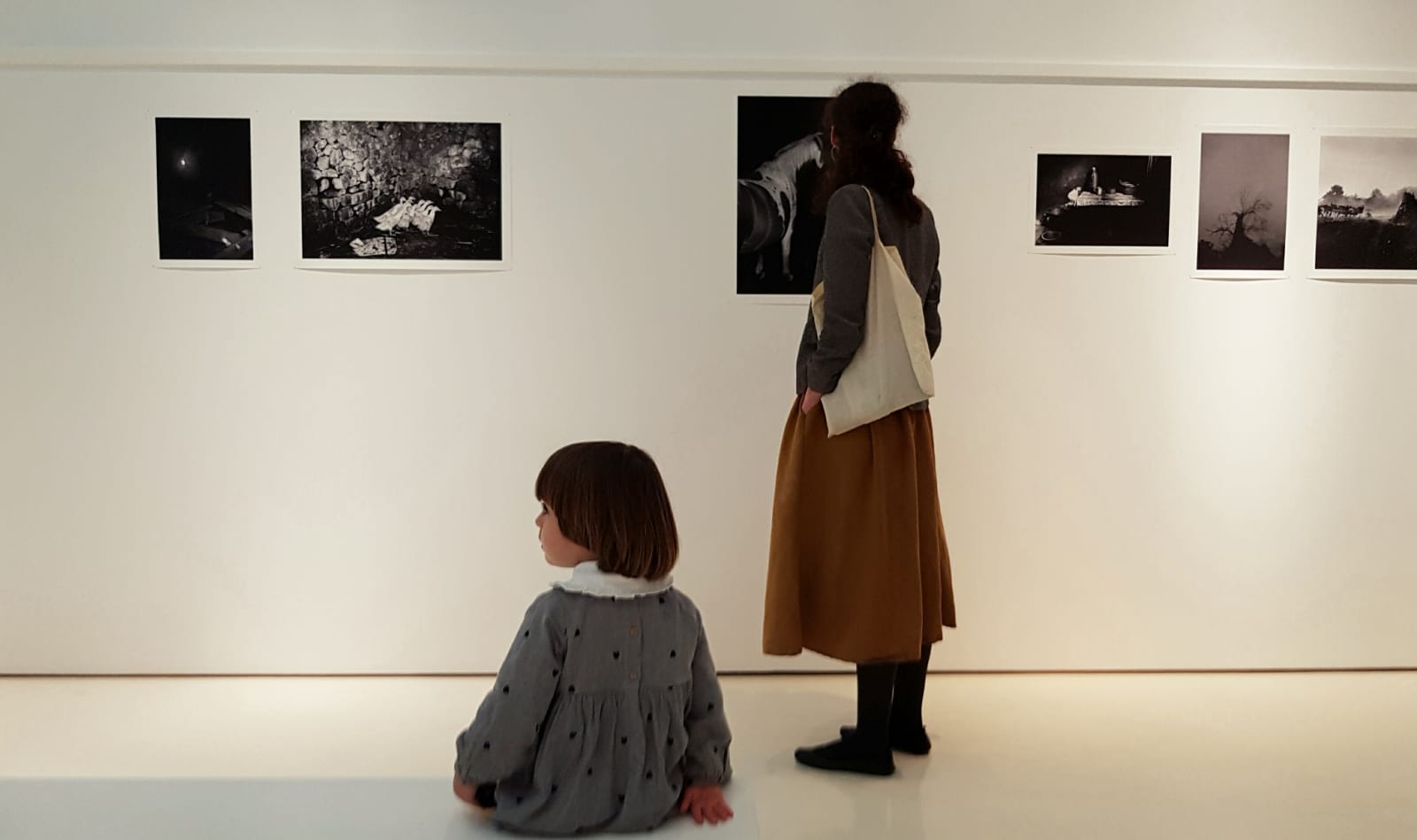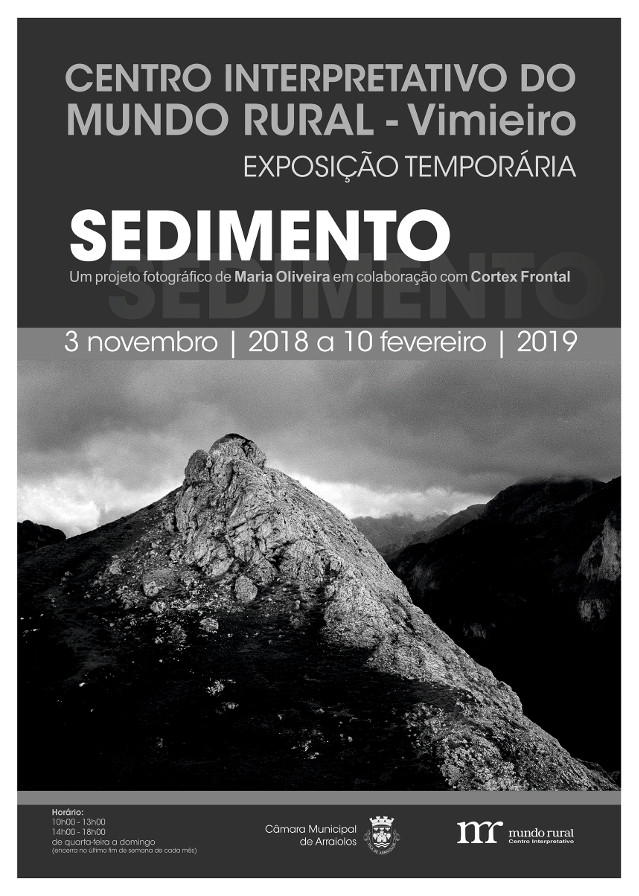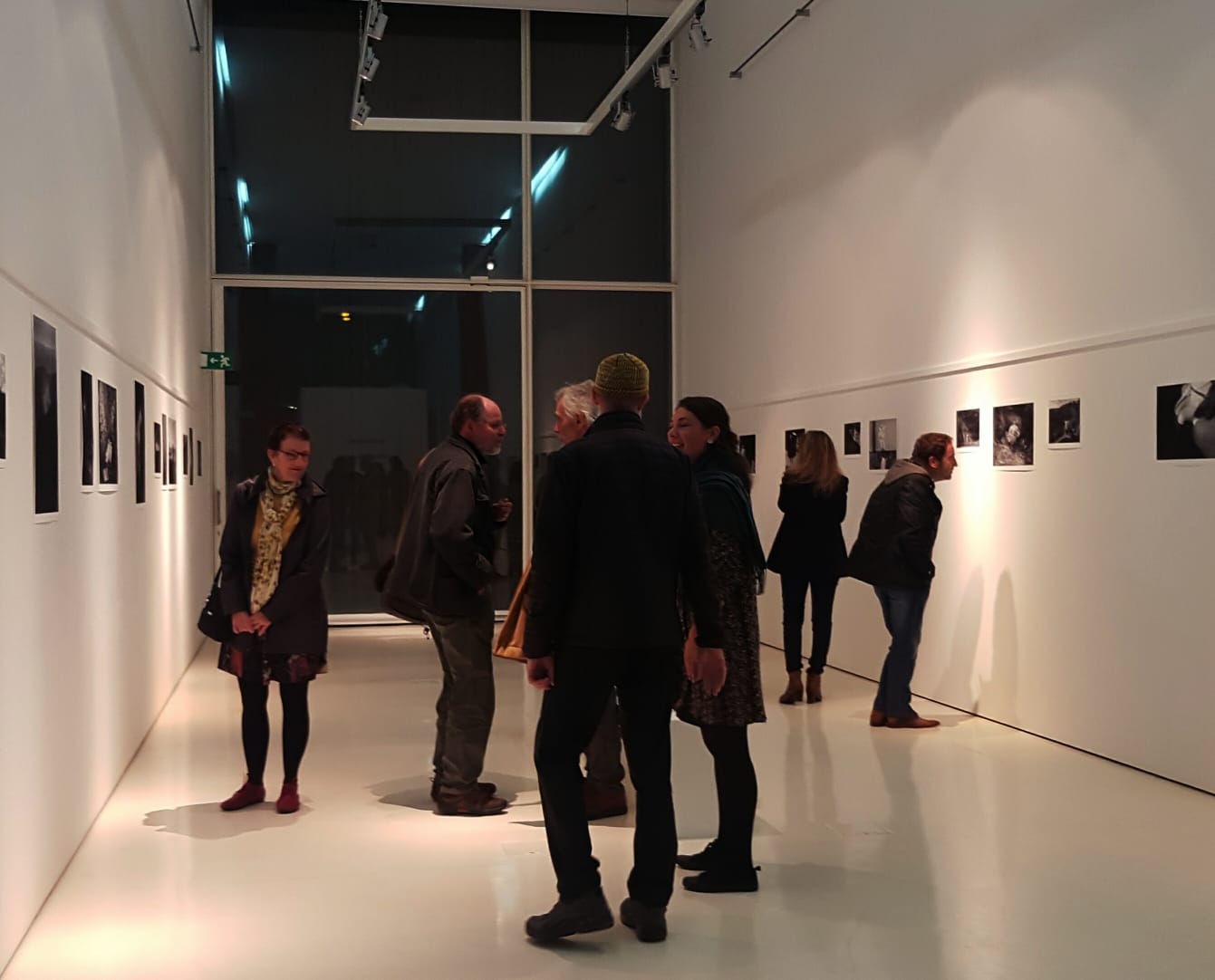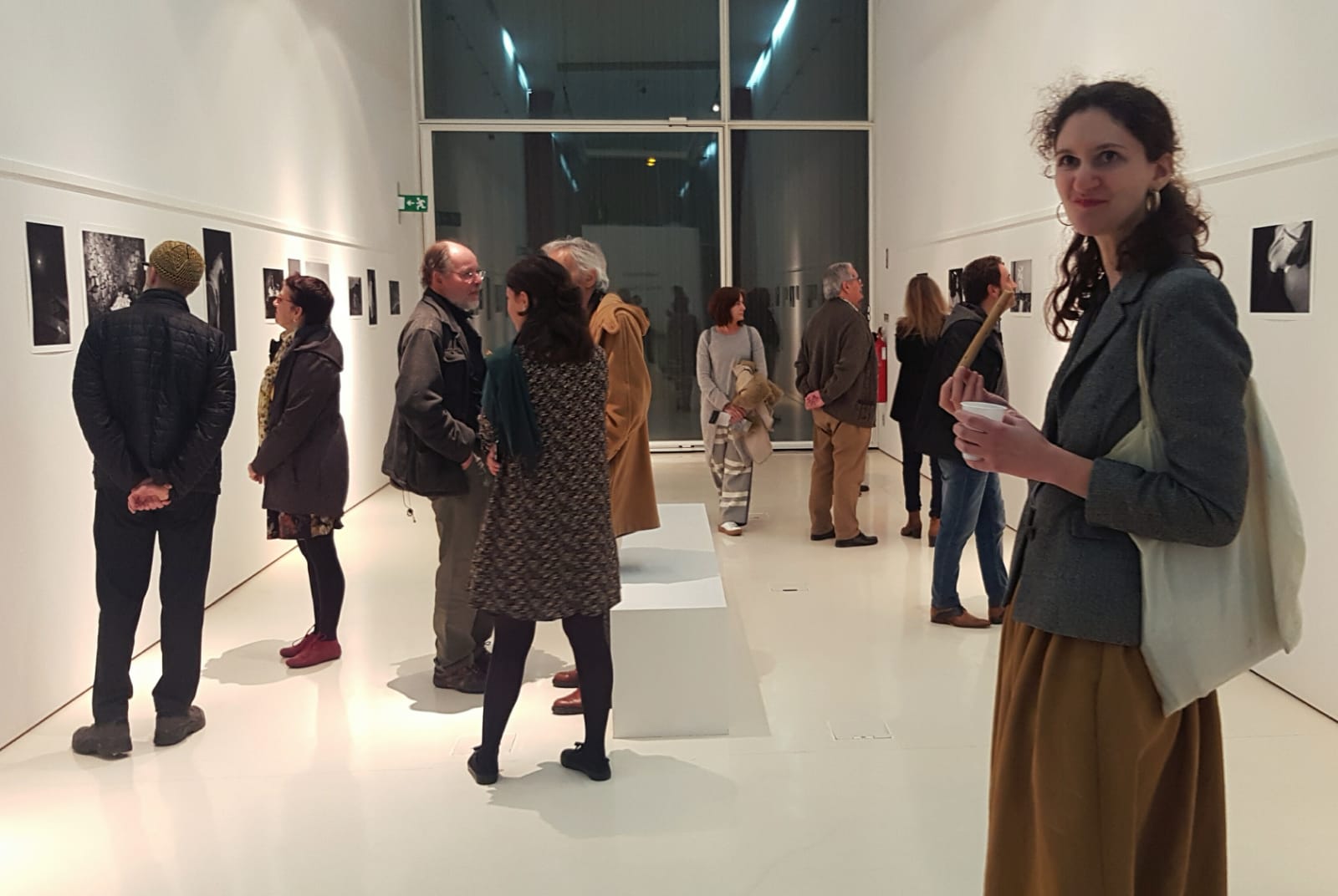1 PHOTO(GRAPHER): SEBASTIANO RAIMONDO
BY HUGO OLIVEIRA
HO: Where did you shoot these photographs?
SR: These photographs were shot in the territory of Castelvetrano, in Sicily, Italy. In my work it is very common to use images together has diptychs or triptychs. The first one shows the construction of the town hall (designed by architect Santo Giunta, 2005-2008) and the second one is of the temple "E" in the archaeological area of elinunte (460-450 BC).
HO: When were they shot?
SR: The first one in the Spring of 2007, the second one in the Spring of 2011.
HO: Is there any technical aspect about the process that you want to point out?
SR: These were shot on film, like most of my work, and then scanned and printed by me.
HO: How did you get to the sites?
SR: The first access to sites was through comission. I worked as an architect in the office that designed the Castelvetranho town hall building and I often visited the archaeological area where the temple is. Both architectures have a clear place in the landscape and a relationship with the public space, although both also in very different ways.
HO: Was there something that you wanted to communicate throught these two images?
SR: I think the diptych may suggest to the viewer - an architect, or not - a reflection on the concept of ruin and of time.
The two photographs, which don't show people, showing the same territory, set a fragment on the evolution of both buildings; the power of the sequence is in the illusion that the two building can advance in relation to the finished form of a pre-existing project, something that already exists in represented in a way, or in relation to the ruin of all artifacts which slowly return - with the help of nature and of the cultural meaning attributed - to a form which can be pre-visualized.
Whatever is the fate of any of those buildings, the photographic image is at the intersection of the two timelines, and as a manifestation of the author's experience, it is a bridge with endless possibilities of reading by any viewer.
HO: Was there anything that you discovered through this diptych?
SR: I realized that the photographic work exists beyond the represented object; its existence is concrete, changeable, and it also lives beyond its author.
Sebastiano Raimondo is an Italian architect and photographer based in Palermo.
The image and interview selected are part of the editorial project "1 Photo(grapher)".















